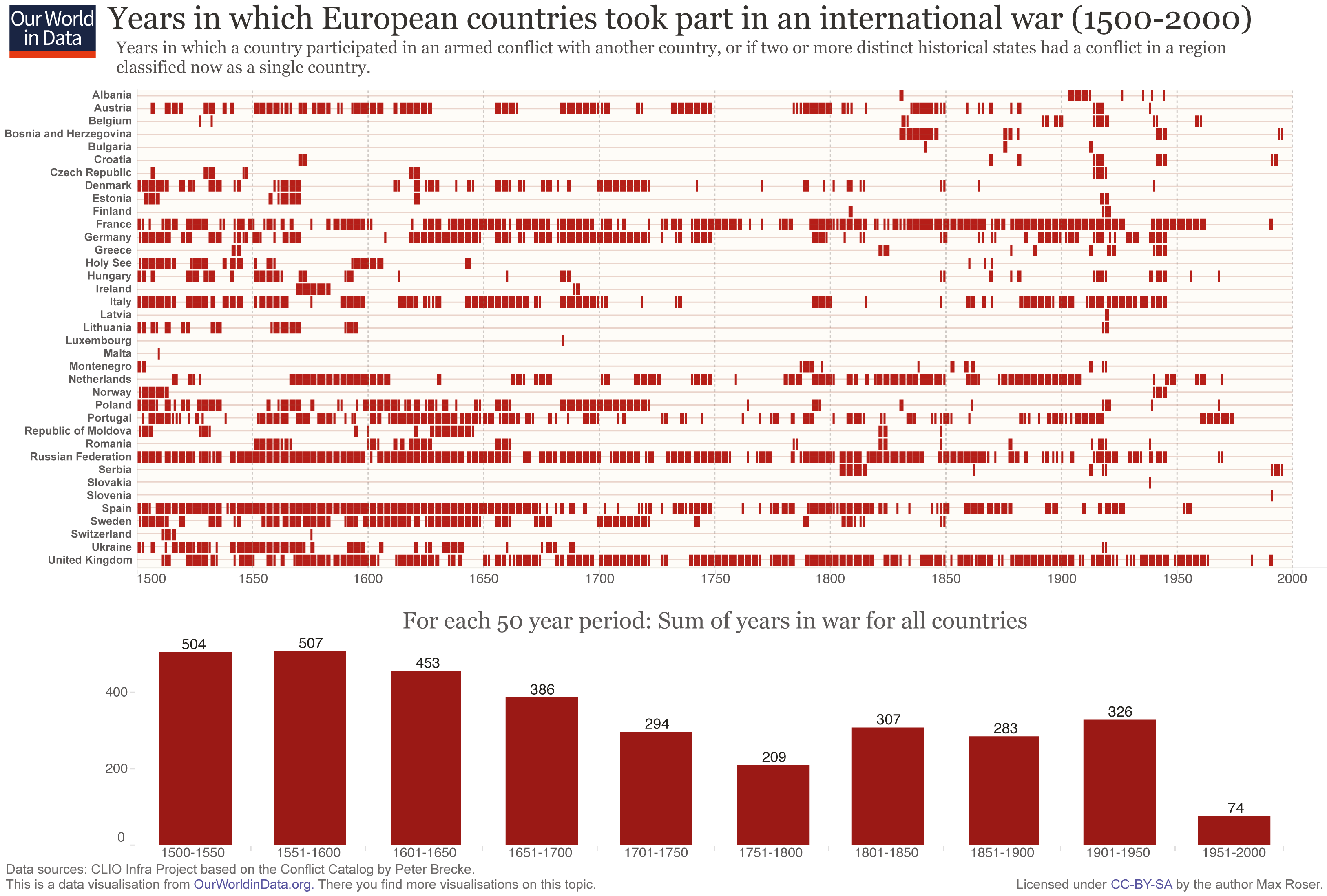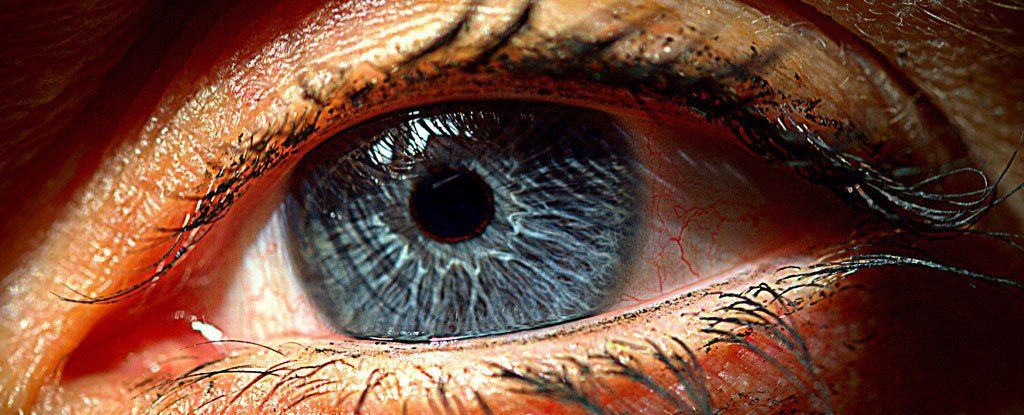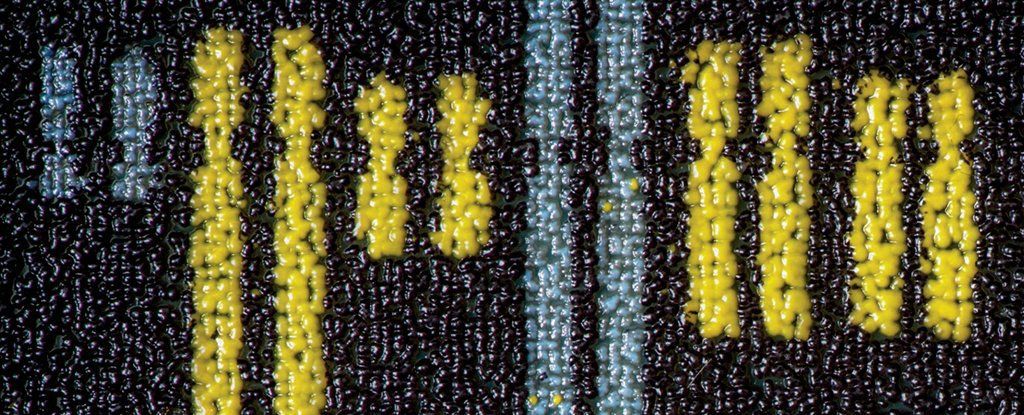Goldcorp (NYSE: GG, TSX: G) is teaming up with one of the world’s largest computer companies to help it find more gold at its storied Red Lake mine in Ontario.
Vancouver-based Goldcorp announced on March 3 it is bringing IBM Watson technology to Canadian mining for the first time. Named after IBM’s founder, Thomas J. Watson, Watson is a supercomputer that combines artificial intelligence with analytical software. According to WhatIs, IBM Watson replicates the human ability to answer questions by accessing 90 servers with a combines data storage of 200 million pages of information. Yet it can squeeze into a space that would fit 10 refrigerators. The supercomputer memorized the “urban dictionary” in 2013.
While the High Grade Zone (HGZ) has been the backbone of the Red Lake operation, with an average gold grade over two ounces per tonne, HGZ is expected to be depleted by 2020. Thus the need for more exploration to keep the mine going.









